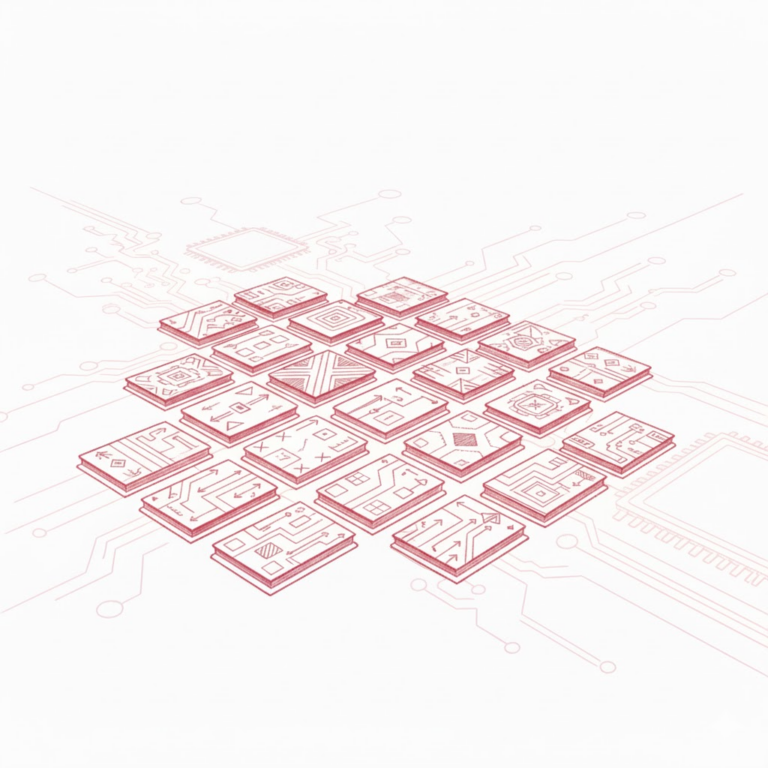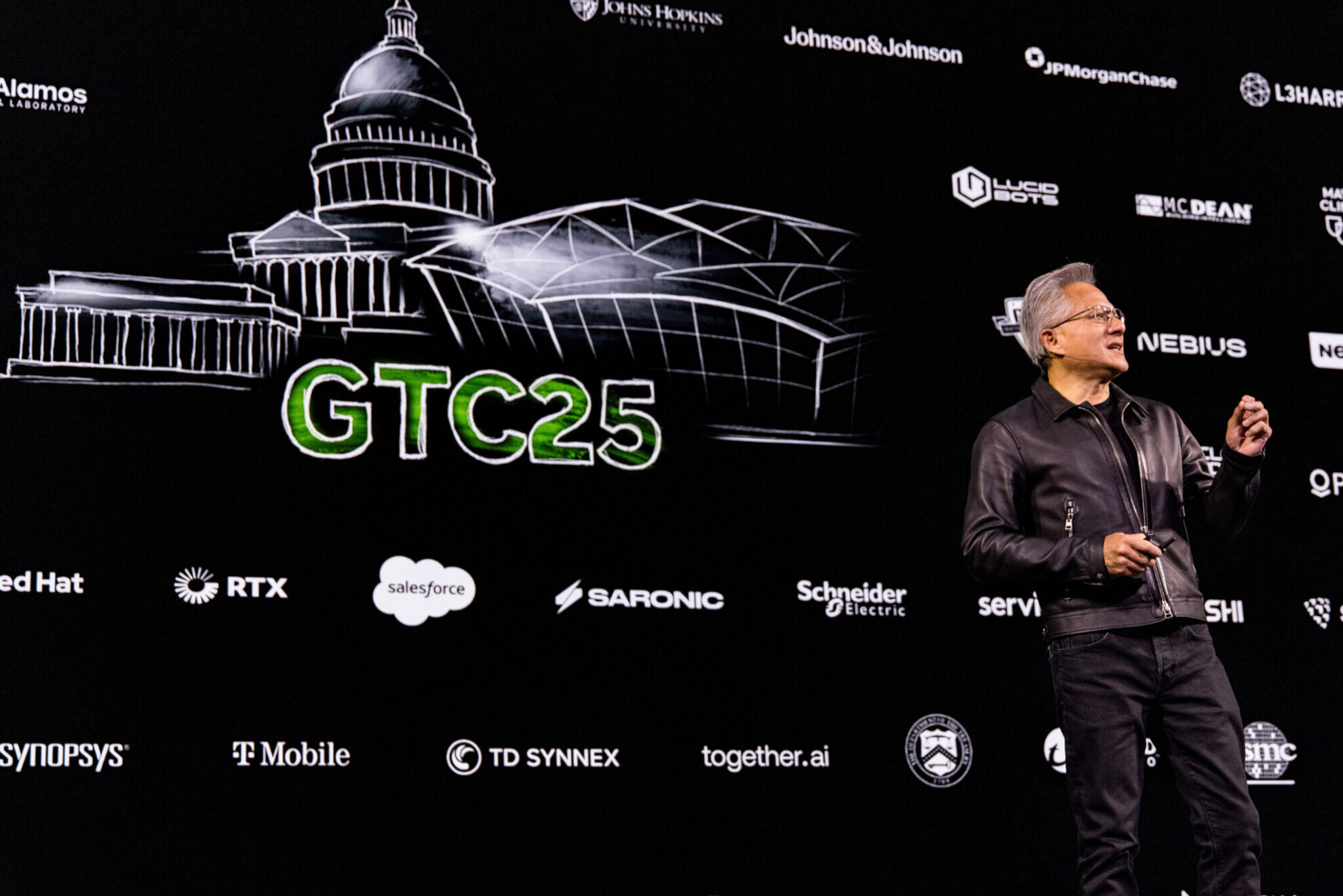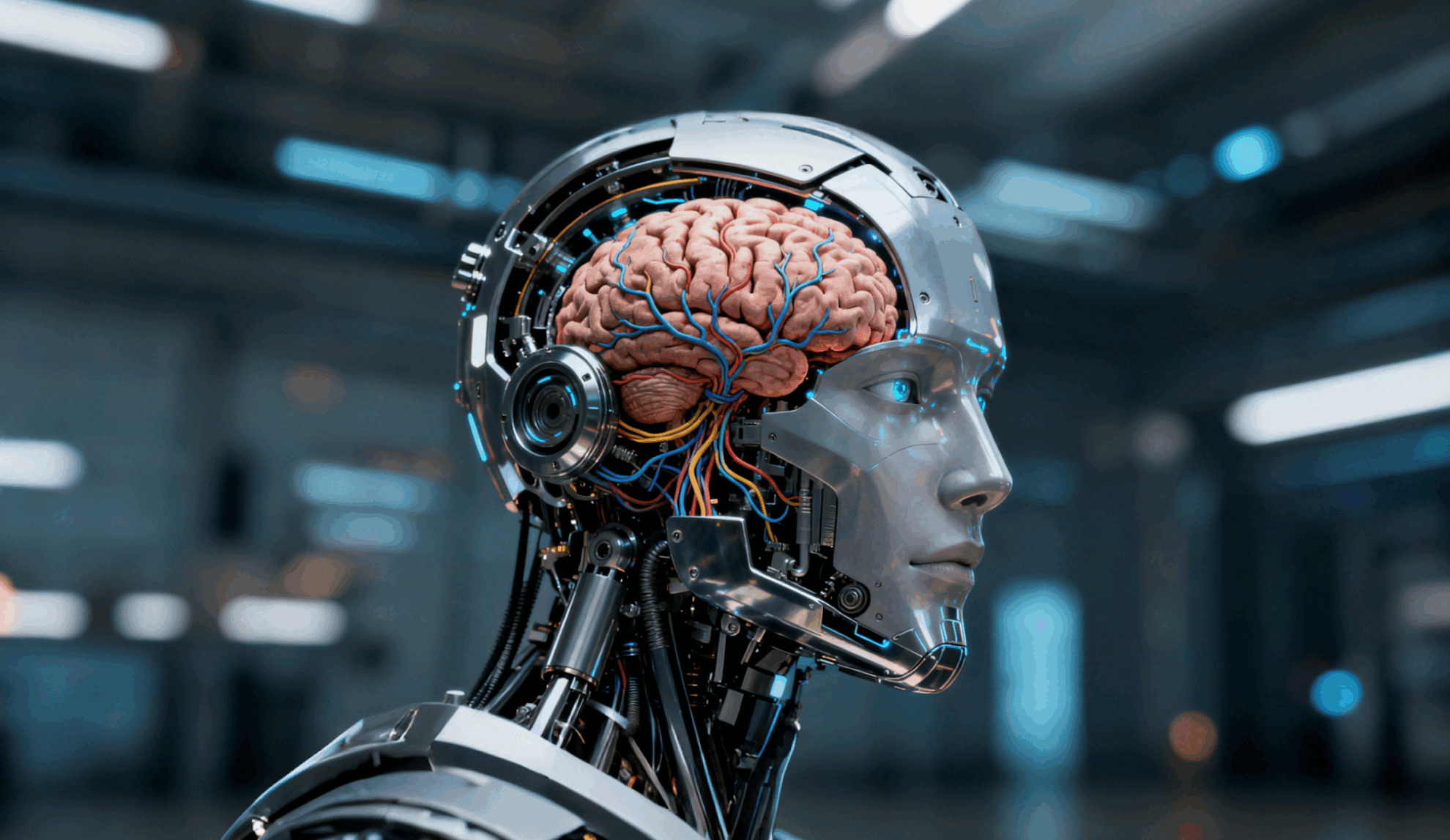Command Palette
Search for a command to run...
Huang Renxun Talks About the Progress of Arm Acquisition, Metaverse, GPU Price Increase and Other Hot Topics

This year's Taipei International Computer Show (Computex) was held online from June 1 to 5. During the period, NVIDIA CEO Huang Renxun accepted an online group interview with the media. This article translates and organizes the interview content.
Huang Xiaoming, who has a special liking for the kitchen, walked out of the kitchen.We chose NVIDIA's new office building, Voyager, to accept a group interview with the media.
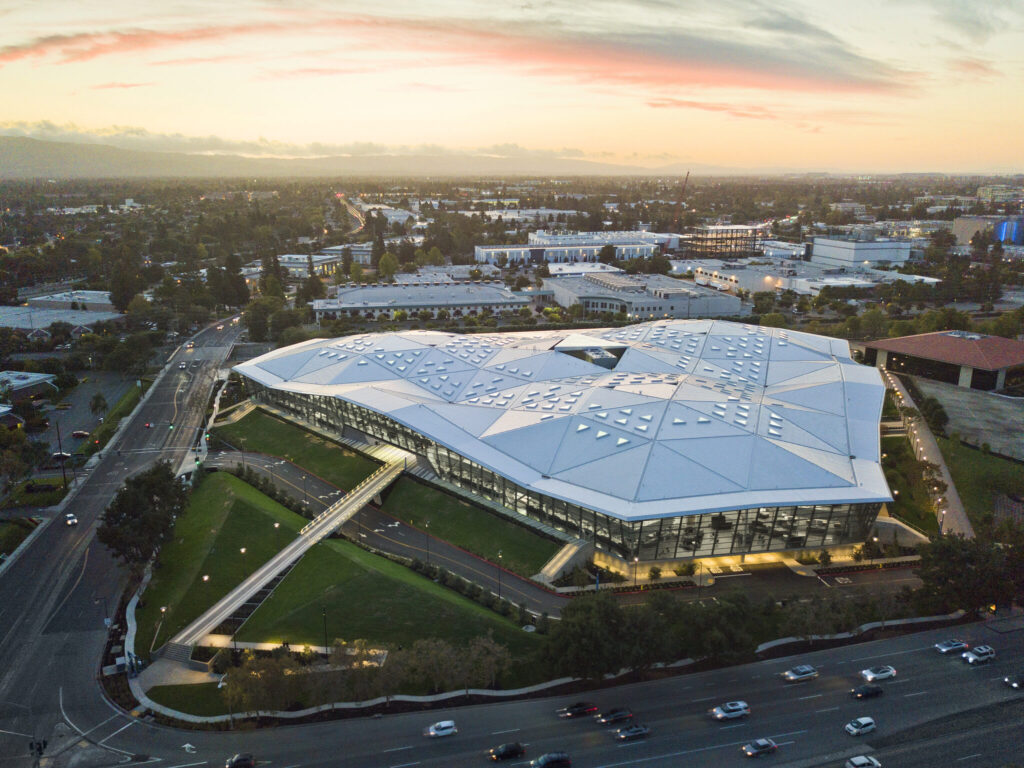
Covering an area of approximately 70,000 square meters, it can accommodate 3,500 employees
The following is a summary of the answers to reporters’ questions during this group interview.
Too long to read
- RTX laptops, RTX 3080Ti, RTX 3070Ti, and a slew of new games announced
- Introducing NVIDIA Certified AI for Enterprise, a new suite for rapidly deploying, managing and scaling AI workloads in the modern hybrid cloud
- Die Size will get bigger in the future
- The combination of BlueField and GPU is crucial, and the demand for DPU will increase in the future
- NVIDIA not considering building its own fab
- NVIDIA intends to bring RTX technology to consumer devices based on Arm CPUs
- NVIDIA has made a lot of contributions to China's IT ecosystem. It is not worried about Chinese government intervention and encourages China's emerging chip startups to make progress together.
- Product compatibility, regular updates, professionalism, tutorial development, global influence, etc. are the support NVIDIA provides to domestic and global game developers.
- The $40 billion Arm acquisition is still in progress and is currently awaiting approval from regulators in the United States, the European Union, and China, which is expected to take 18 months.
- not yetThere are many choices for CPU, and customization is the general direction
- In order to reduce the rush to buy GeForce GPUs for cryptocurrency mining and stabilize GPU prices, NVIDIA lowered the hash rate of GeForce and launched the CMP mining card.
- To prepare for the Metaverse, NVIDIA launches Omniverse, an open virtual space that follows the laws of physics.
The following is the entire interview.
The GeForce ecosystem is becoming more complete, and RTX is off to a successful start
RTX laptops, RTX 3080Ti, RTX 3070Ti, and a host of new games, this is the key news I want to announce.
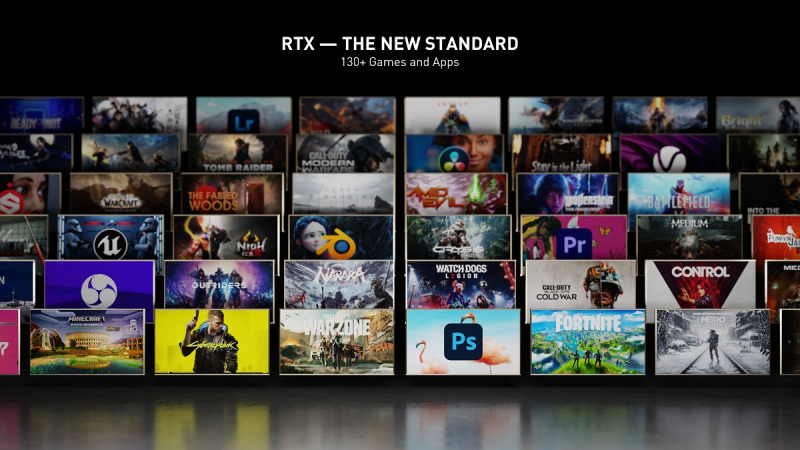
The GeForce business is doing well and the RTX launch was a huge success.It redefined computer graphics.Bringing real-time ray tracing to life.
The notebook business is one of NVIDIA's fastest growing segments. NVIDIA is working with all notebook partners and AICs to140 different laptop models were launched.
RTX laptops have excellent performance, compared to game consoles,Even the RTX 3060 is 30-50% faster than the PS5.
at the same time,NVIDIA also upgraded the RTX 30 series to 3080Ti and 3070Ti.This is an annual high-end GPU upgrade program.
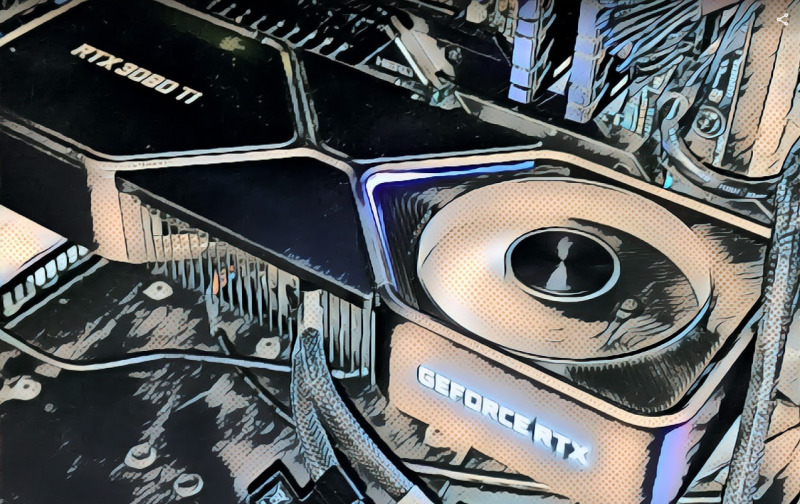
Product direction in the post-Moore era
Moore's Law and Chip Size

Q: How do you think the die size will change in the next three years?
yellow: Since their birth, the length of transistors and the size of lenses have been increasing. At present, technology is changing faster and faster, and new products are launched every year. There is not enough time for R&D personnel to reduce costs and manufacture smaller chips.
Many of NVIDIA's chips are limited by the limited application space and cannot accommodate additional transistors. Therefore, we use multi-chip packaging and also create NVLink to combine them together, using various methods to optimize the chip size.
In addition, cloud storage space is larger, data storage capacity is larger, power is more sufficient and stable, and cooling system is better. Therefore, even if transistors continue to shrink, Die Size will continue to increase.
DPU
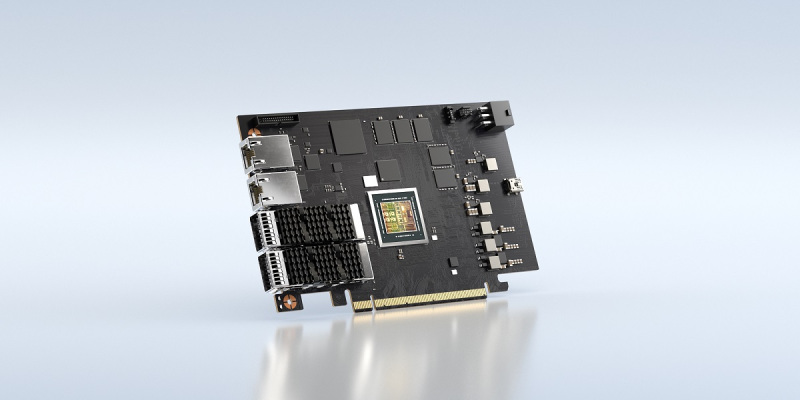
Q: Can you briefly introduce the current DPU market and its development prospects?
yellow: BlueField will be a very successful product. This year, BlueField 2 will begin testing, and software developers will start integrating and developing various software. Some cloud service providers or computer manufacturers are working to bring BlueField to the market. We have already announced some IT companies and software companies that are developing with BlueField.
For security and software-defined data center considerations, users must ensure that applications are separated from the operating system, from software-defined networking and storage, and from security services and virtualization.
Once you isolate it, there's a whole bunch of software that needs to be accelerated. Once you isolate the network software, the storage software, the security services, and all the virtualization stack from each other, BlueField has to handle a lot of computation. So BlueField has to be powerful enough and become an operating system that is very good at handling the world's data center infrastructure.
The BlueField 4 is very powerful in areas like security and networking. It has a powerful Arm CPU, a data center-scale CPU, and an NVIDIA GPU. This basically makes up a chip that includes a data center.
The combination of BlueField and GPU is critical. Today we have tens of millions of servers in data centers, and in the future there will be hundreds of millions of server-class computers distributed around the world.The future will be cloud-native, secure, and accelerated.
Building a wafer fab
Q: Building a wafer fab is very expensive, but considering the potential silicon crisis in the long term, has NVIDIA considered building its own wafer fab?
yellow: Not at all.
The work of chip manufacturers such as TSMC is not getting easier, but getting harder. We should let people or companies that are good at what they are good at do. NVIDIA does not need to repeat this point, but should encourage existing foundries to develop the necessary capabilities for the benefit of NVIDIA's platform.
In addition, these chip manufacturers have now realized that the consumption of leading-edge chips has changed due to the evolution of the computer industry. These manufacturers see the opportunities in front of them and are increasing capacity at the fastest speed.
Therefore, I think there is no way for fabless semiconductor companies to catch up with any of the existing manufacturers.
AMD Competition
Q: AMD recently announced that it will bring RDNA 2 to Arm-based SoCs and work with Samsung to bring ray tracing and VR features to Android-based devices. Does NVIDIA plan to bring RTX technology to consumer devices based on Arm CPUs?
yellow: Possibly. NVIDIA is very good at making Arm SOCs, and the consumer market for Arm, especially PCs and ray tracing games, is quite large, and the data sets are large. When the time is right, NVIDIA will consider bringing RTX technology to consumer devices based on Arm CPUs.
No fear of Chinese GPU manufacturers, optimizing developer experience
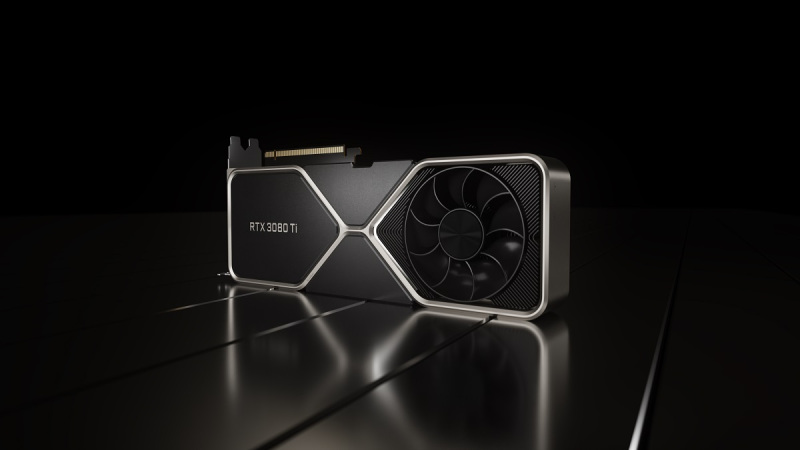
Q: In the past year or two, many GPU startups have emerged in China, with billions of dollars in financing. It is very likely that "China's Nvidia" will be born in the future.Are you worried about NVIDIA's shrinking market share in China?
yellow: Since its inception, NVIDIA has faced fierce competition from large companies, and all we can do is run as fast as possible.
We have invested 10 billion US dollars to stick to one thing. After 30 years of development, we have also acquired a lot of expertise and market scale. We have the ability to continue to increase investment in this industry in the future and deepen our understanding of the industry.
We cannot avoid these competitions, but we must respect our opponents, take our competitors seriously, keep working hard, and continue to contribute to the AI industry.
The demand for GPUs will be even greater in the future, and there will be hundreds of millions of data centers, which means huge market opportunities and an endless stream of competitors will emerge.
All NVIDIA has to do is try its best and run the fastest.
Q: Are you worried about interference from the Chinese government?
yellow: NVIDIA can provide value to the market, and our products have helped countless Chinese Internet companies, start-ups, and researchers develop AI-related applications. This is of great benefit to both the gaming and design industries.
NVIDIA has made a lot of contributions to China's IT ecosystem, which the Chinese government should have noticed. Therefore, I believe NVIDIA is welcome in China.

Acquisition of Arm requires approval from the United States, Europe and China

Q: Will the Arm acquisition go ahead?
yellow: The acquisition is still in process and is currently awaiting regulatory approval, which will take approximately 18 months.We have submitted applications to the regulatory authorities in the United States, the European Union and China, and we expect to have news in early next year or by the end of this year.
I am quite confident about this deal. The businesses of Arm and NVIDIA are completely complementary. Arm builds CPUs, and we build GPUs and DPUs. Therefore, our acquisition of Arm will promote technological innovation.
Q: You mentioned that acquisitions will promote more competition in the industry. In which areas do you think competition will intensify?
yellow: First, it is conducive to industry competition. NVIDIA's R&D budget is several times that of Arm. NVIDIA's acquisition of Arm will expand Arm's R&D scale, provide Arm customers with richer, higher-quality, and more advanced technologies, and allow Arm licensees to use more cutting-edge technologies to create better and more dynamic products, which will bring more choices to the terminal market.
More dynamic innovation, larger R&D scale, richer R&D expertise, and more choices for customers. This is the core.
For NVIDIA, Arm will bring us a larger developer ecosystem. NVIDIA's technology, combined with Arm's channels, will create greater value. This combination is a win-win situation.

Named after computer science pioneer Grace Hopper
Q: Do you think Arm can surpass x86 processors in the future server market?
Huang: The future world is diverse. It could be x86, it could be Arm, it could be Big CPU, Small CPU, Edge CPU, Data Center CPU, Supercomputing CPU, Enterprise Computing CPU, all kinds of CPUs... The world is very diverse, there is no single answer.
NVIDIA's strategy is to continue to support x86 CPUs in the markets we serve. NVIDIA does not serve all markets, but provides high-performance computing specifically for AI and computer graphics. For these markets, there are some very ideal CPUs, but not all CPUs are perfectly adapted. NVIDIA will choose different CPUs based on market conditions, applications, and computing needs.
NVIDIA has to design a CPU that has never been designed before. No CPU has ever reached the memory bandwidth and memory capacity level we designed. Grave Arm CPU is born for big data analysis and the highest level of AI.
It will have two main models built in. The first is the recommendation system. It drives all Internet companies and Internet services. The second is natural language understanding, which requires a lot of memory and data, and can communicate with AI, answer questions intelligently, make suggestions, etc.
These two models may be the most valuable software in the world today, and NVIDIA will customize them for these types of applications. At the same time, it supports CPUs suitable for different companies and scenarios. The CPU selection in the future may be diverse, and customization may be the general direction. Arm and x86 are both important strategic directions for NVIDIA.
Mining farms hoard GPUs, GPU prices soar
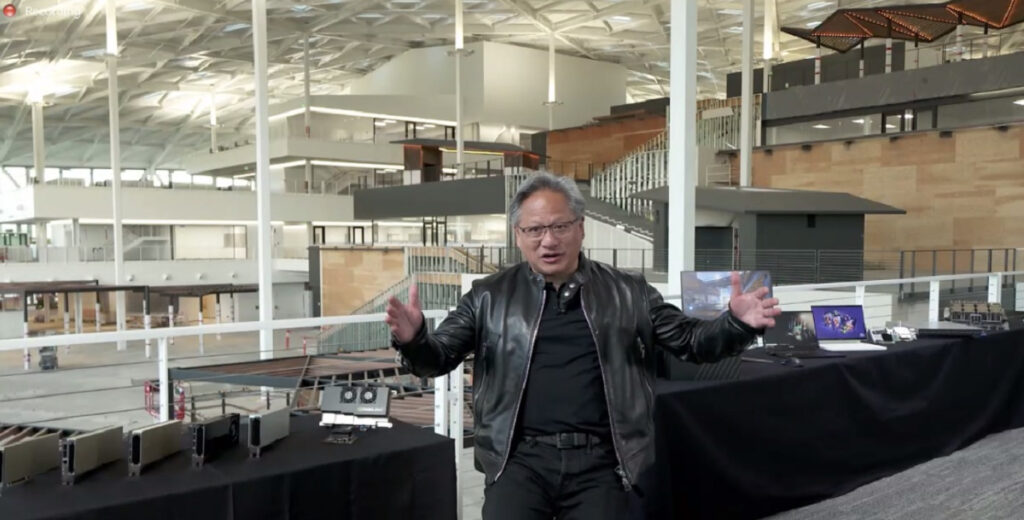
Q: From the current situation of the semiconductor market, on the one hand, we can see that the supply chain is blocked and production capacity is insufficient, and on the other hand, we can see that there is an oversupply of demand from companies such as virtual currency and mining.What do you think about this? How to balance this contradiction between supply and demand?
yellow: ETH chose NVIDIA GPU because it is the world's largest distributed supercomputer network, which is programmable. Bitcoin, Ethereum and other virtual currencies all use NVIDIA GPU, which is an ideal, most energy-efficient, fastest, ultra-high-performance method, and has great advantages of distributed networks.
The value of ETH continues to rise, and at the same time, the demand for virtual currency mining will continue to increase. For this reason, NVIDIA launched the CMP mining card.
CMP has no display connector. It absorbs the advantages of the previous generation. First of all, CMP does not conflict with GeForce. It is not affiliated with data centers, workstations, or any product line. It is powerful enough to be used for mining.
First, CMP effectively increases NVIDIA's market share. Second, CMP cannot be resold to GeForce customers as second-hand goods because it does not support game development.

Powered by NVIDIA A100
Q: The semiconductor shortage has caused the prices of GPU products to become increasingly higher. How can we stabilize GPU prices?
Huang: NVIDIA does not produce commodity components. We have no DRAM business, flash memory business, or CPU business. The price of NVIDIA GPU is basically stable, and there is an official suggested retail price. The price of GPU in the terminal market is higher because of the high demand.
NVIDIA's solution is to reduce the high demand caused by mining as much as possible and create a special product directly for mining users, namely CMP. Mining farms can purchase large quantities of CMP directly through NVIDIA, which makes it unnecessary for miners to purchase GPUs from the open market and reduces pressure on the terminal market.
The second method is to introduce a new GeForce configuration to reduce the hash rate of mining. When the mining farm wants to use GeForce for mining, it will find that the GPU performance has decreased. The introduction of the new GeForce configuration will not affect game development. This can save more GPUs for game developers to a certain extent, and may eventually reduce the price of GPUs.
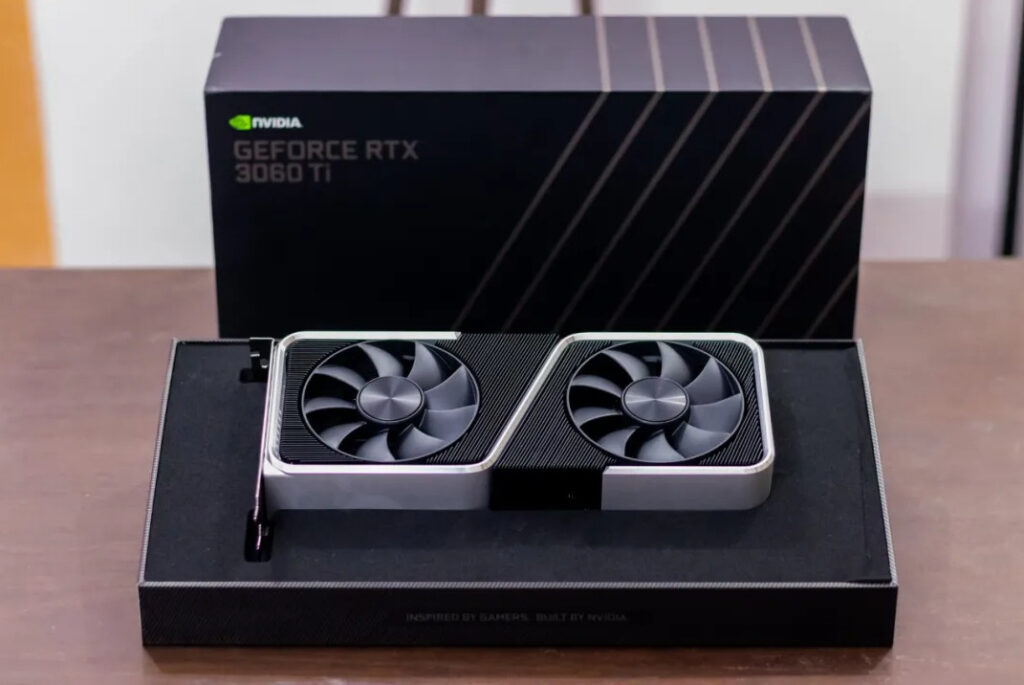
Q: Will the hash rate be limited in the future? Or by releasing multiple product versions?
yellow: NVIDIA reduced the hash rate to protect the supply of GeForce for game developers. At the same time, NVIDIA developed CMP for the crypto community. These two measures will reduce the price of GeForce and make it easier for gamers to get RTX.
Mining will not disappear in the future, and virtual currency will continue to exist, because it is a legitimate way for humans to exchange value.More importantly, ETH and other similar forms are excellent distributed blockchain methods to ensure transaction security. You need this blockchain to have some basic value, and this basic value can be mined. Cryptocurrency will continue to exist in this process. ETH may not be as hot as it is now. It may cool down to a certain extent in the next year, but I think mining will always exist.
NVIDIA has CMP and GeForce. CMP serves mining. When the mining scale becomes larger, I hope that mining factories can purchase CMP and build special bases.Or when it gets super big like ETH, mining farms can move to proof of stake. It will have its ups and downs, ups and downs, but hopefully never be too big.
Plan ahead for the Metaverse and launch Omniverse
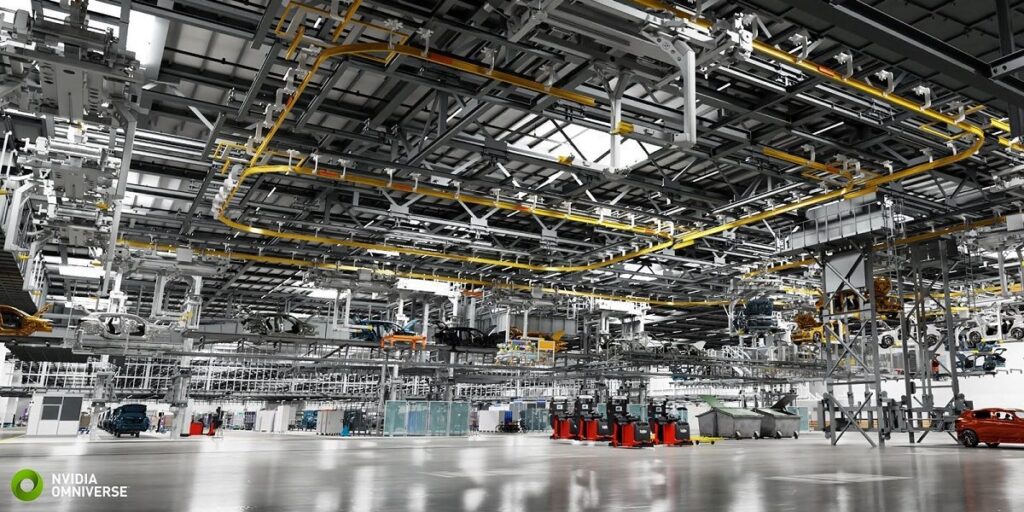
Q: What do you think of Metaverse? What pace will Metaverse follow?
yellow: Metaverse is a virtual world shared by multiple people and connected to the real world. It includes real design, real economy, and you will have a real virtual avatar.
In the metaverse, you spend time with your friends and talk to them. In the future, humans may live together in a metaverse, the communication metaverse. It will be 3D, and everyone in it can feel each other's presence.
Humans will use this method to time travel and go to distant places. The metaverse can also simulate the future. There will be various types of metaverses, such as video games. Fortnite will eventually evolve into a form of Metaverse, or become some kind of derivative of Metaverse. Imagine that World of Warcraft will one day evolve into a video game version of the Metaverse.
There will also be an AR version of the metaverse, where artworks owned by humans become digital artworks and are traded using NFTs. Consumers can use AR glasses or smartphones to appreciate and display these digital artworks in an excellent viewing environment. This is the metaverse superimposed on the physical world.
The metaverse can also exist in the industrial world. For example, a building exists entirely in virtual reality and its design is completely digital. Humans can simulate everything in the metaverse, such as how to configure air conditioning to minimize energy consumption, and then deploy it in the physical world.
These application scenarios are inseparable from the development of various technologies, such as AR, physical and chemical processing, etc.
These are all important components of the Metaverse, which is why we launched NVIDIA Omniverse.It integrates most of NVIDIA's products and is currently in the public beta stage, with 400 companies around the world testing it.
BMW built a digital factory using NVIDIA Omniverse. WPP, the world's largest advertising company, is also a user of NVIDIA Omniverse. Bentley, the world's largest large-scale infrastructure design company, will also use NVIDIA Omniverse to create a pair of buildings that correspond to the virtual world and the real world. Let's wait and see.

Q: How far can Omniverse technology be developed? Can it become a technology similar to chemistry or sound waves in the future?
yellow: Omniverse will have a bigger market, a bigger industry, more designers and creators, designing virtual items in virtual reality and the metaverse, rather than designing physical objects in the physical world. Second, the economy of the metaverse, the economy of Omniverse, will be larger than the economy of the real world. Digital assets and virtual currencies can all be used in the world of the metaverse.
I believe a few things will happen:
First, Omniverse will provide a realistic engine for the metaverse.It has the ability to render very high-fidelity images.
Second, the Omniverse must obey the laws of physics.It has to obey the laws of particle physics, gravity, electromagnetism, electromagnetic waves, like light, radio waves. It has to obey the laws of pressure and sound.
If we can create an engine like this that obeys the laws of physics and is very realistic, then people will be willing to create really beautiful things and put them in Omniverse.
At the same time, Omniverse must be completely open.For this we chose the Universal Scene Description Language invented by Pixar. We also invested a lot of resources to make it dynamic, so that physics can happen through USD, and AI agents can freely enter and exit the Omniverse through AR.
Finally, Omniverse had to be scalable and live in the cloud.
NVIDIA has created a photorealistic engine that obeys the laws of physics, renders materials based on real events, supports artificial intelligence, and has wormholes that you can enter and exit using open standards. That's Omniverse.
This is a huge work unit. The people who develop Omniverse are all world-class engineers and scientists. The work has been going on for three years and this department is one of the most important work units at NVIDIA.
Finally, I have a few more thoughts. The computer industry is in the process of being completely reshaped. Artificial intelligence is one of the most powerful forces in the computer industry ever. Imagine a computer that can write its own software. What kind of software can be written? Accelerated computing is a wonderful development path that people have realized because Moore's Law for CPUs itself has come to an end.
Computers will get smaller in the future. PCs and phones will get more advanced. However, one of the most important areas of computing will be the data center. Not only will it be massive, but the way we program data centers will fundamentally change.
Finally, I believe that the convergence of cloud-native computing, artificial intelligence, accelerated computing, and the development of private or industrial 5G will make computers ubiquitous., which may appear in utility closets and attics in retail stores. They will be everywhere, managed by a screen that coordinates these computers that process data and AI applications and make decisions in a timely manner.
